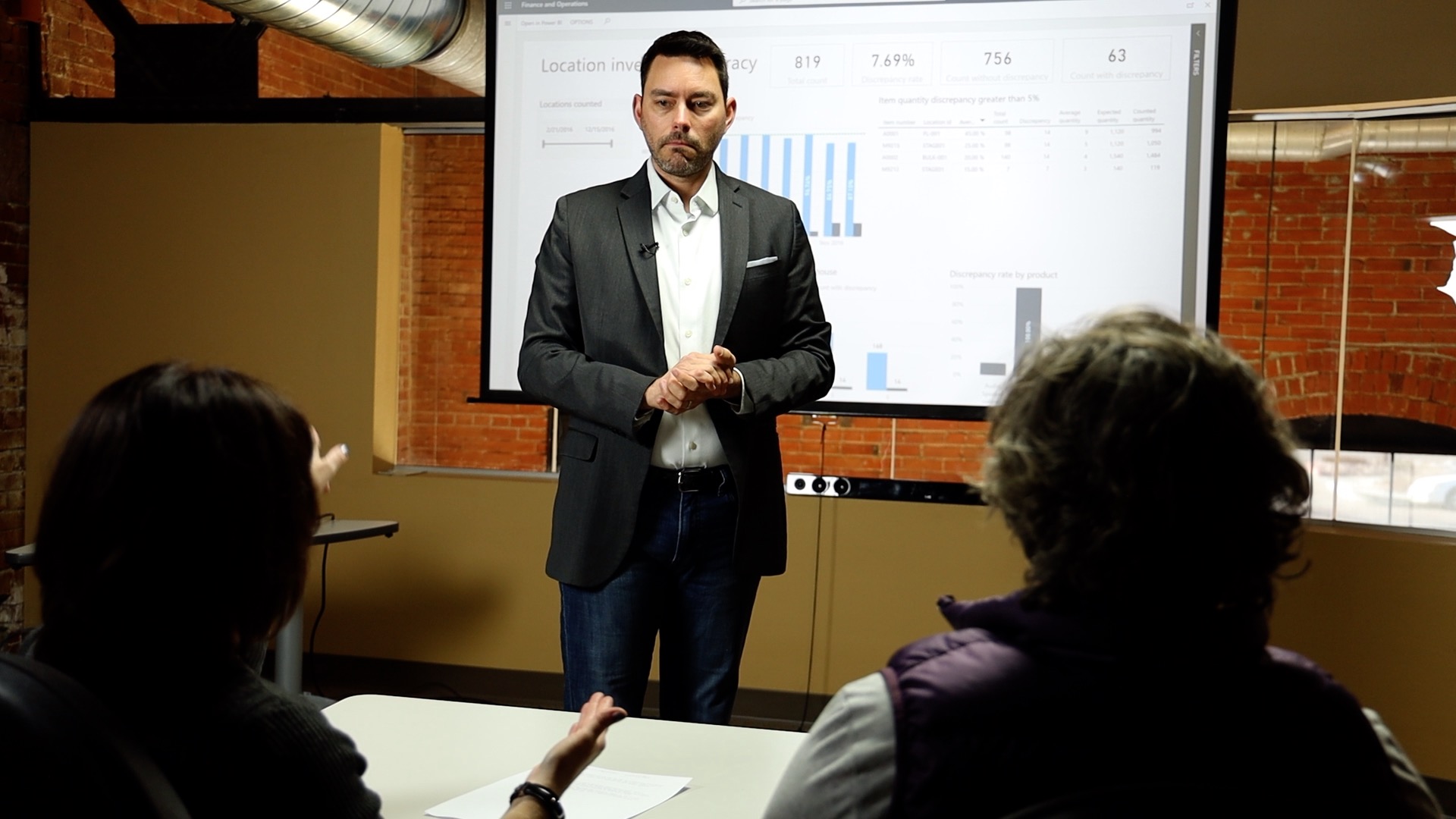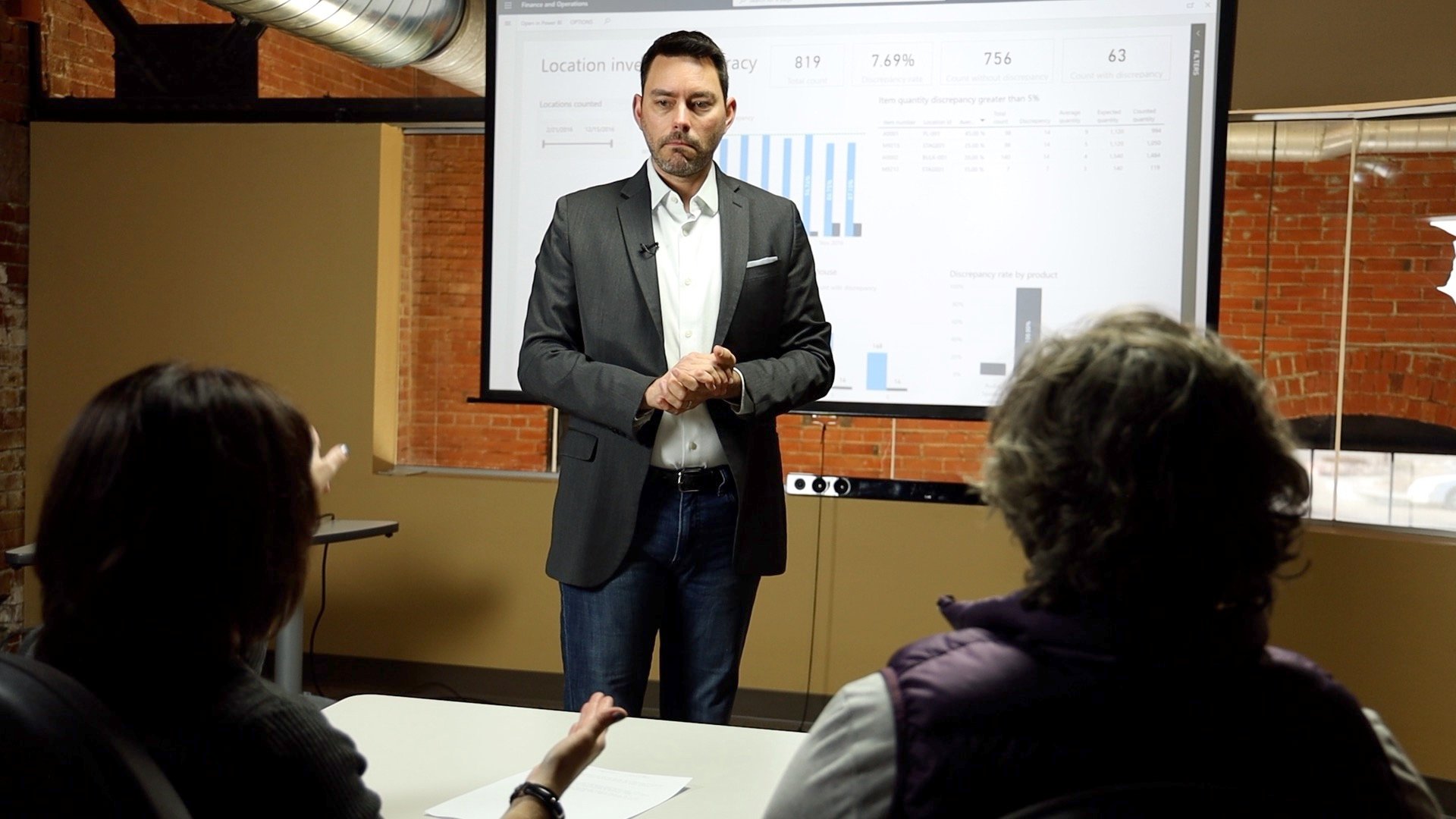Embracing Demo Discovery “On-The-Fly”
Discovery “On-The-Fly” is when, for a variety of reasons, you have to run discovery in the same meeting as a demo. In this article, you’ll learn how...

 Ever Have a Runaway Demo?
Ever Have a Runaway Demo?Your salesperson, Emma, has a “hot lead.” Kristian, the prospect and a company executive, wants to make a decision quickly and needs a demo “right away.” Emma presses Kristian to provide time to perform a formal discovery so she can get input from other stakeholders. Kristian asserts, “You don’t need to do that. I have a list of requirements from them, and we don’t have time for a bunch of interviews. That would take weeks. Why don’t you get your demo expert to provide us with an overview and we will guide him or her from there?” Emma accepts Kristian’s request, convinces her to send the list of requirements, and sets up the demo for the next business day.
Emma reaches out to her pre-sales manager who tasks Luca to perform the demo. Luca gets the list of requirements from Emma and spends thirty minutes preparing for the demo. Luca starts with an overview and is quickly cut off by Kristian. “We’ve seen all of this in your YouTube videos. We need to ask our questions.” From here the demo devolves into a train wreck of disjointed demands and reactive demo responses.
Each of the four stakeholders that Kristian invited pepper Luca with random questions. Luca tries his best to react and answer every question with demos of features. At the end of the demo, Emma asks for next steps and Kristian says, “To be honest, I’m not sure you’re a fit. It doesn’t do everything we need it to do and your software appears too complex.” Ouch…
Being responsive to a demanding buyer is an admirable quality within certain parameters. However, when someone like Kristian insists that they have all you need to perform a demo to multiple stakeholders, you should go in assuming that there is an abundance of Underknown information.
In the scenario above the prospect presented a list of requirements that they believed was complete. You know better. Some of the stakeholders never turned in their list. Others began adding to the list during the demo. You were not able to build a relationship ahead of the demo to understand each stakeholder’s personality and priorities. And, their list didn’t contain the forward-thinking innovations the solution could provide. There is simply no substitute for a thorough discovery but that’s not realistic in many of today’s buyer-driven sales processes.
There used to be a time when your salesperson would simply say “no” to this type of request from this demanding buyer. Those days went away with flip-phones. Buyers have more power than ever before, they’re more informed, and they buy solutions for their businesses, modeling the same behavior they exhibit when they purchase expensive consumer products. They research things themselves and make quick, emotional decisions.
Try asking prospects for something in return for skipping your discovery and moving right into a demo.
Understanding the underknown in high-pressure, demanding situations is the cornerstone to a successful demo when the stakeholders disallow discovery or when your discovery is underknown. When you’re in that situation, be firm, be patient, and follow a process. You can’t always prevent demonstrating against the underknown but, you can still manage a win with these simple tips.

Discovery “On-The-Fly” is when, for a variety of reasons, you have to run discovery in the same meeting as a demo. In this article, you’ll learn how...

Proper discovery is important for a million reasons, but the one we’re going to focus on today is how discovery dictates what you cover in each demo.